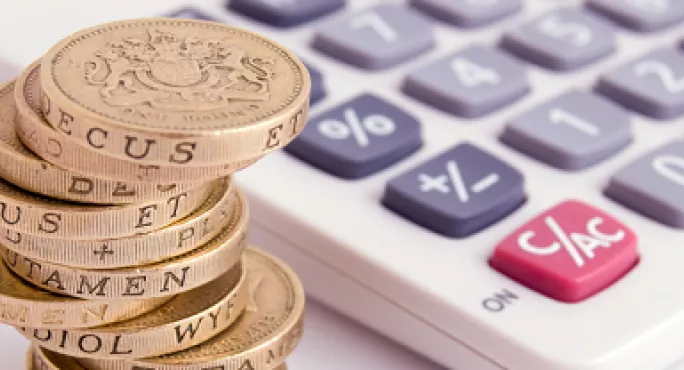How to manage your finances is something that every one of our pupils will have to understand once they leave school. Yet this is a topic that is rarely properly tackled in schools, if it is tackled at all – particularly at primary level.
At our school, we place a particular focus on it, trying to help children to learn about money through play and tangible experiences. For our youngest pupils, we set up shops in class and encourage them to "buy and sell" classroom items. We expand this idea for Year 2, by giving them a £20 budget to design a stall at the summer fair.
Bringing a subject to life like this and making it tangible is a really effective pedagogical technique for key stage 1. However, the way that people use money is changing, and this is having an impact not just on how pupils understand it, but how we teach about it, too.
The national curriculum requires our pupils to understand two financial concepts: to “recognise and know the value of different denominations of coins and notes” and to “find different combinations of coins that equal the same amounts of money”. Currently, we are meeting these requirements with our KS1 teaching, but with the advent of contactless card payments and digital spending through iPads and smartphones, we are concerned that the curriculum is not going to be fit for purpose for much longer.
So, what are we doing to bridge the gap?
'Digital money'
We have changed the way that we teach about money to make the focus much more digital and are incorporating apps and devices as much as we can into these lessons.
There are now a number of games that are based around teaching personal finance, which use the technology that children are already familiar with to educate them about digital currency. For example, Pigzbe uses cryptocurrency to introduce children to the concepts of digital money through saving, spending and playing with tokens.
Our "digital-native" pupils are adept at navigating apps and games, but this is also where the issue of digital money is often most problematic. We’ve heard many stories of parents checking their bank statements only to discover that their child has been spending money on games, unaware that pressing a button on an iPad is the same as handing over coins in a shop.
So, we discuss these issues with the children and use devices to replicate the physical play techniques that we have previously relied upon to engage pupils in the past.
Ultimately, the life skills that today’s primary school children will need are intrinsically linked to technology, and personal finance is no exception. The national curriculum might not have moved on yet, but that doesn’t mean that our teaching can’t. It is our job to provide children with the skills they will need to succeed in life and that means showing them that managing your money in the digital age takes more than just knowing how to count coins.
Jo Fynaut is a core leader and Sarah Nash is a Year 2 teacher at Whitehall Park School in Highgate, London
